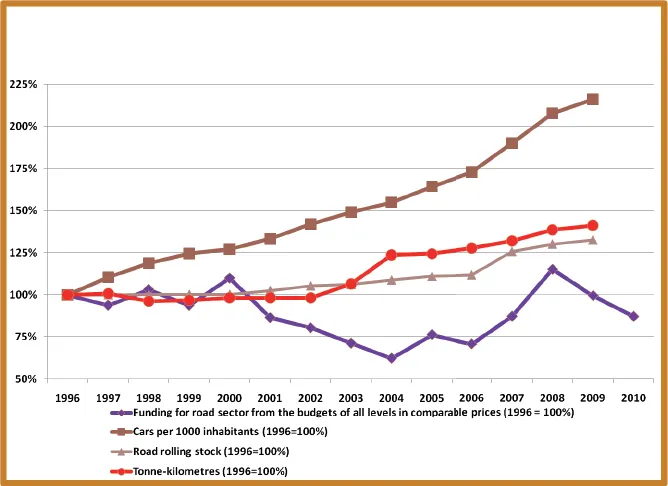A new joint report on the US transport sector is highlighting the importance of infrastructure investment for the country's economic growth.
February 23, 2012
Read time: 2 mins
A new joint report on the US transport sector is highlighting the importance of infrastructure investment for the country's economic growth. According to the report, the next federal highway and transit bill should facilitate long-term US competitiveness and establish national transportation policies. Transportation infrastructure investment is needed to create jobs and boost the US economy according to the report, which says that transport policy should be more accountable and performance-driven, as well as strengthening the reliance on user financing. A boost in fuel tax will be required however to support expanded investments aimed at improving the nation's aging highways, bridges and transit systems. The report has been published jointly by the members of the 2766 National Surface Transportation Infrastructure Financing Commission and National Transportation Policy Project of the 2767 Bipartisan Policy Center.
The president of the American Road & Transportation Builders Association (ARTBA), Pete Ruane, praised the report. He said it puts renewed pressure on the US Congress to pass a robust surface transportation bill in early 2011. Ruane said, "There is strong consensus among policy experts and industry leaders that passage of the overdue surface transportation bill is one of the federal government's most effective economic drivers. The shared principles released today reinforce that there is also broad agreement in the core elements that should be included in the next bill. Federal highway/transit reauthorisation has been studied by a dozen public, private and academic organizations and blue ribbon commissions, including previously by the two groups releasing today's report. Their conclusions are loud and clear: the federal user-fee system works, it is deficit neutral and fiscally responsible, and should be continued."
The president of the American Road & Transportation Builders Association (ARTBA), Pete Ruane, praised the report. He said it puts renewed pressure on the US Congress to pass a robust surface transportation bill in early 2011. Ruane said, "There is strong consensus among policy experts and industry leaders that passage of the overdue surface transportation bill is one of the federal government's most effective economic drivers. The shared principles released today reinforce that there is also broad agreement in the core elements that should be included in the next bill. Federal highway/transit reauthorisation has been studied by a dozen public, private and academic organizations and blue ribbon commissions, including previously by the two groups releasing today's report. Their conclusions are loud and clear: the federal user-fee system works, it is deficit neutral and fiscally responsible, and should be continued."








